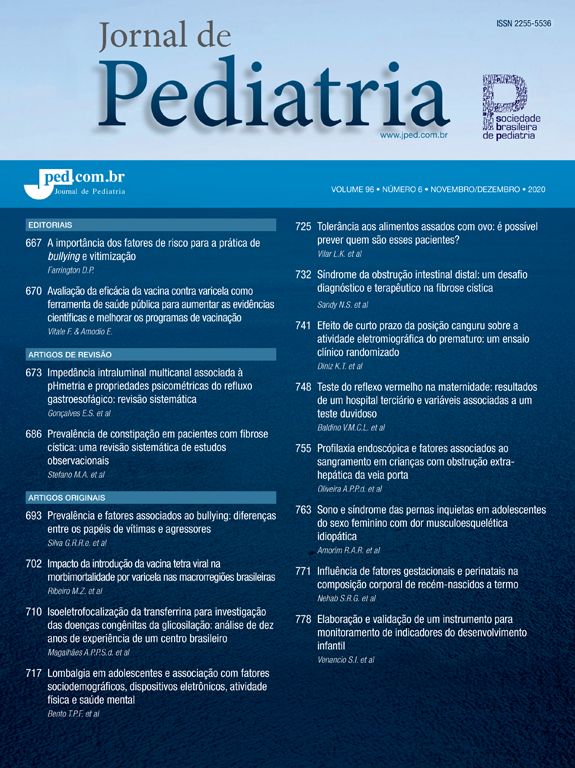The association between vesicoureteral reflux and urinary tract infection represents a significant threat to the kidney, in the form of pyelonephritic scarring. The physiopathologic events that allow the upward migration of bacteria and their innoculation in the renal tissue, causing irreversible damage if not adequately treated, are reasonably understood. Reflux nephropathy is a major cause of childood hypertension and renal insufficiency. Early diagnosis of reflux, and identification of the pyelonephritic agression are important for successful therapy. Long-term chemoprophylaxis, to prevent urinary tract infection and renal scarring is the adequate form of treating low-grade vesicoureteric reflux, since spontaneous cure is expected in most of these cases. Although the same approach can be employed in high-grade reflux, surgery is a favorable alternative, with high rates of primary success, reducing the need of long-term medication and the exposure of the kidney to recurring pyelonephritic agression. The retrograde flow of urine from the bladder to the upper urinary tract is an abnormal situation in the human being, known as vesicoureteral reflux (VUR). It results either from an intrinsic anatomical deficiency of the vesicoureteral junction or from an increased bladder pressure, due to mechanical or disfunctional vesicourethral obstruction. The recognition of the association between VUR, urinary tract infection (UTI) and renal scars has led to an increased study of this disease in the last two decades.
O fator de impacto mede o número médio de citações recebidas em um ano por trabalhos publicados na revista durante os dois anos anteriores.
© Clarivate Analytics, Journal Citation Reports 2025
O CiteScore mede as citações médias recebidas por documento publicado. Mais informação
Ver maisSJR é uma métrica de prestígio baseada na idéia de que todas as citações não são iguais. SJR utiliza um algoritmo similar ao page rank do Google; é uma medida quantitativa e qualitativa ao impacto de uma publicação.
Ver maisSNIP permite comparar o impacto de revistas de diferentes campos temáticos, corrigindo as diferenças na probabilidade de ser citado que existe entre revistas de distintas matérias.
Ver mais







